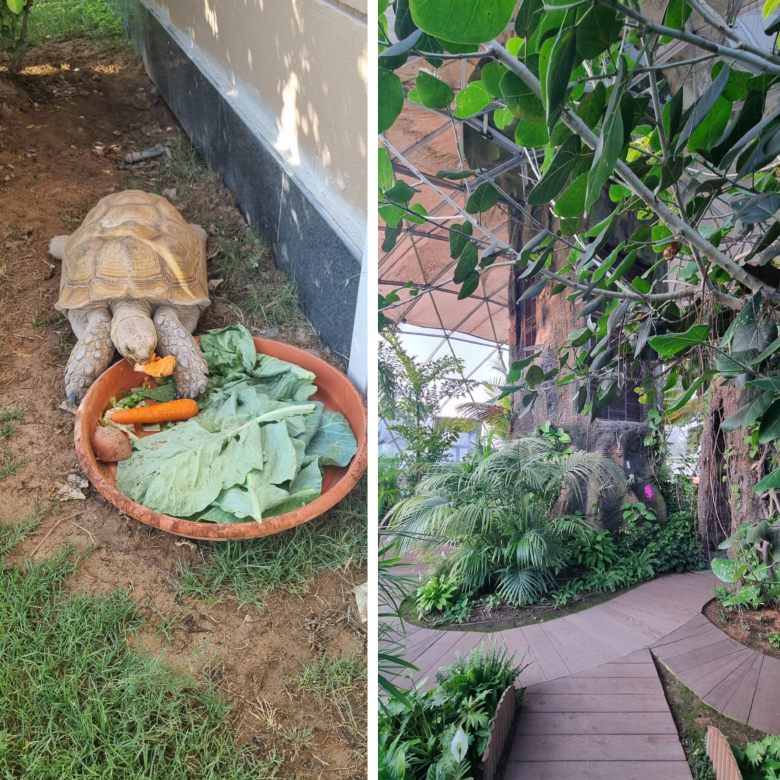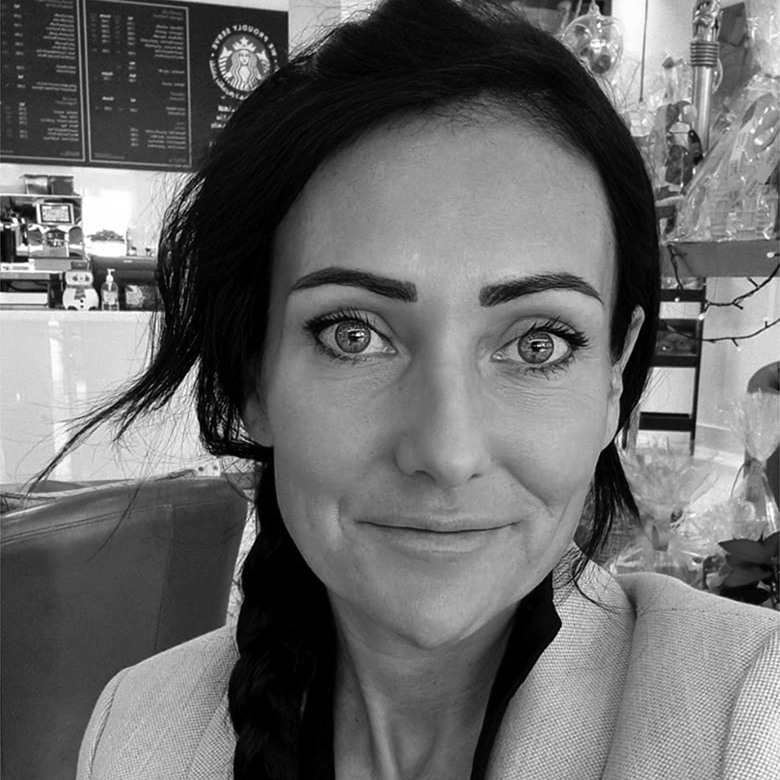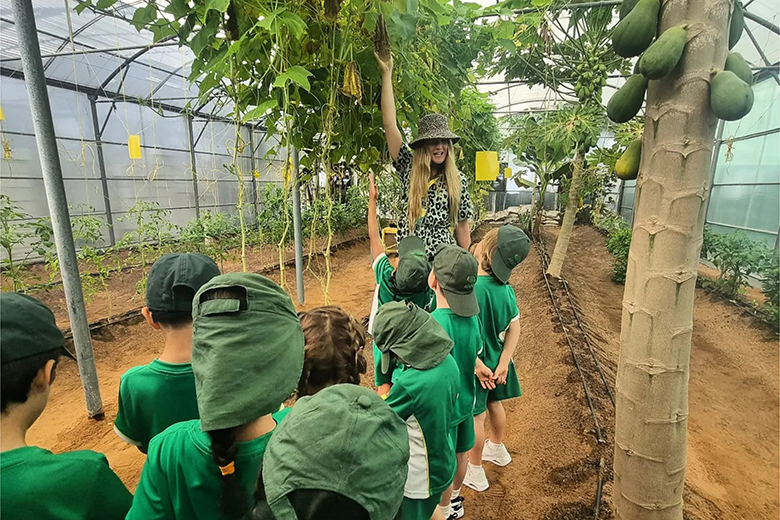by Hannah Hall
Whether it’s changing how you source or activate marketing tasks, there are a huge number of ways school marketers can make their marketing more sustainable. On top of the benefit to the environment, changing practices will also help improve the school’s brand perception as more socially responsible – a key USP for today’s parents. But how do you effectively market sustainability and make ‘sustainable’ more than just a buzzword used in school marketing narrative to drive admissions.
In the competitive world of education, social media marketing combined with community marketing are incredible options to use to increase brand awareness, actually the most effective as far as I am concerned particularly for schools marketing elements of sustainability in both operations and education.
But ensuring that the sustainable story you are telling sets you apart from everyone else is as crucial as aligning the marketing strategy with the eco objectives of the school. Promoting sustainability is a great way to boost a brand, but you have to get it right and ensure you are marketing your ‘greenness’ correctly.
Using storytelling in a marketing strategy can really help communicate green credentials to prospective families
Whether a school is wholly environmental in its operations and/or is educating students on sustainability and the environment, it is important that current and prospective families see that it flows below surface-level greenwashing and is successful through authentic storytelling.
Promoting sustainability is a great way to boost a brand, but you have to get it right and ensure you are marketing your ‘greenness’ correctly

Authenticity is now a major factor for parents when they are deciding which school to choose. In this era of authenticity, schools need to qualify for the ‘reality test’ if they genuinely want to connect with their prospective families.
Using storytelling in a marketing strategy can really help communicate green credentials to prospective families. Whether it is through face to face communications, newsletters, press releases, or social media posts, speaking directly to your families is a must to increase brand awareness and produce a positive ‘environmentally aware’ reputation.
Nowadays, parents are interested in the transparency of a school and look to its online presence for every day, real-life experiences of students, staff, and its community. Social media platforms might not be the first choice while planning for a sustainability messaging strategy but there has been a trendsetting rise in the use of social media in school marketing, and now it is a highly effective lead-generation platform.
Here are some pointers when telling your story to ensure your brand is always at the forefront of your current and prospective families’ minds and search queries.
Authenticity is now a major factor for parents when they are deciding which school to choose
- Use strong openers
Craft captivating opening statements that focus on the why before the what. With three seconds to grab your reader’s attention make sure they see immediately that you are environmentally conscious and aware. - Write for your audience
Who are you writing your content for? What most appeals to them or what have they engaged with in the past? Your target audience should form the basis of all your content writing, so it’s crucial you know who they are. - Research your content
As humans we are constantly learning. One of the most important aspects of storytelling is the ability to flex your writing skills and effectively write about a topic about which you know very little. Research is an integral part of content creation, after all, your storytelling should place you as thought leaders in your field. - Photograph with purpose
Photographic storytelling is the art of conveying stories, ideas, and viewpoints through the medium of photography. Photography is not just the practice of creating visually interesting or stunning pictures but is about telling stories. Shoot different angles – high and low – because it will drastically change how the image is conveyed. Shoot photos at the subject’s level to bring more intimacy to the image, shoot above the subject for a bird’s eye view, or shoot from a lower angle to give the subject a heroic frame. Show depth. Having a strong focal point where the image is sharp and letting the rest of the photo blur draws the audience into an image. - Get creative
Fill your content with what makes you different and why are you standing tall when it comes to sustainable issues. Don’t forget to weave your USPs into your content and photography to prove what you say you do, you actually do. - Optimise your content
We are always crafting content for people who are consuming and reading our stories online so optimising your online content to make sure it’s found and seen is essential. Think of clear sentences and paragraphs, keywords, and visual elements like bullet points and quotes. Use search engine optimisation (SEO) techniques, best practices, and content strategies to maximise its appeal. - Edit before you post
Editing is a vital part of the entire content creation process. Let editing be part of your content creation plan. It’s a necessary part of the process, after all. Just as much as forming your hook, carrying out your research, and crafting great content is. Editing is the final flourish. Consider leaving time between writing your draft and editing it and fresh eyes will see more.
Making your marketing more sustainable makes sense in a world where environmental concerns are now occupying the minds of a wide range of consumers. Making marketing sustainable is, therefore, not just about the actions you take, and your intentions, but how you communicate these actions and intentions to your target audience.
Hannah Hall

Hannah Hall, is pioneer in school social media enhancement and a marketing expert within education. Hannah has a solid understanding of how to market sustainably and how to market sustainability, with the goal of making use of all the tools the digital world has to offer to support meaningful projects striving to make a positive impact. Hannah avidly supports volunteer opportunities and created VollabUAE (Volunteer and Collaborate) in 2020.






